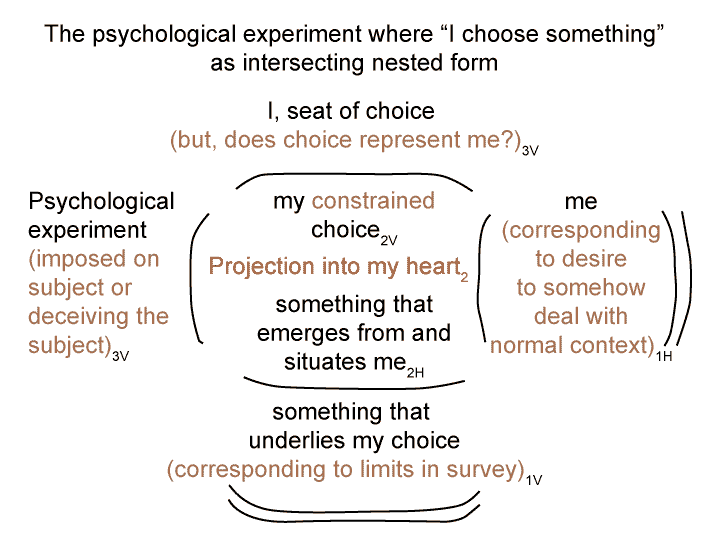Man and Sin by Piet Schoonenberg (1964) 2.3 YQ
Summary of text [comment] pages 87 and 88
[To me, it seems that concupiscence (literally, ‘the state of being with Cupid’) resonates with bondage. Disintegration goes with words.
Imprisoning, disintegrating words are co-opposed to bondage-inducing concupiscence.]

